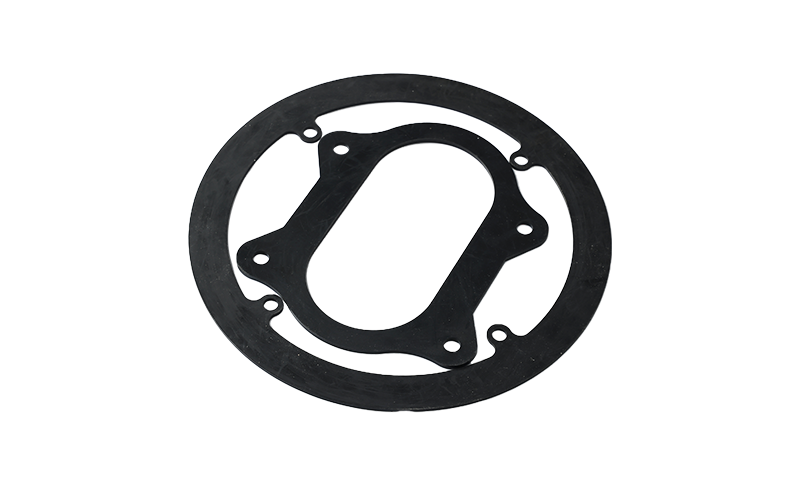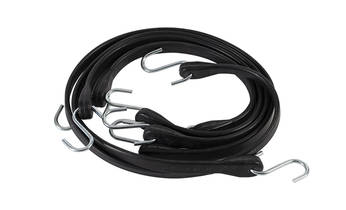Rising Demand for Auto Engine EGR Valve Gas Recirculation Rubber Gasket Seal Signals Market Growth in Emission Control Technologies
As global emission standards tighten and the automotive industry shifts toward cleaner technologies, the demand for critical engine components is on the rise. Among these, the Auto Engine EGR Valve Gas Recirculation Rubber Gasket Seal is emerging as a key component in reducing nitrogen oxide (NOx) emissions and improving engine efficiency.
Over the past five years, automotive manufacturers have made significant strides in emission control. A critical component in this pursuit is the Auto Engine EGR Valve Gas Recirculation Rubber Gasket Seal, which ensures a tight and durable seal between the exhaust gas recirculation (EGR) valve and the engine intake system. This seal plays a vital role in preventing leaks that could otherwise result in performance loss and elevated emissions.
Technological Advancements and Material Innovation
Rubber gasket seals have traditionally been made from materials such as nitrile or silicone rubber. However, the new iterations of the Auto Engine EGR Valve Gas Recirculation Rubber Gasket Seal incorporate high-temperature resistant elastomers, like fluoroelastomers, to withstand the intense thermal cycling associated with EGR systems.
“These seals are exposed to a highly corrosive environment,” said Emily Grant, an engineer at EcoDrive Components. “An advanced Auto Engine EGR Valve Gas Recirculation Rubber Gasket Seal not only improves the durability of the EGR system but also directly contributes to meeting Euro 7 and Tier 3 emissions standards.”
Manufacturers are also experimenting with multi-layer composite seals that combine rubber with a metal core. This hybrid design provides enhanced sealing capability, particularly in turbocharged and high-performance engines where pressure differentials are significant.
Market Trends and Growth Drivers
According to a recent report by MarketMotion Insights, the global market for Auto Engine EGR Valve Gas Recirculation Rubber Gasket Seal is projected to grow at a CAGR of 5.8% through 2030. The growth is fueled by several key factors:
Stricter Emission Regulations: Governments in the U.S., EU, and Asia are enforcing tighter emission norms, increasing the need for effective EGR systems.
Vehicle Longevity: As drivers keep their vehicles longer, the need for aftermarket replacement of EGR gasket seals is expanding.
Rise in Diesel and Turbocharged Engines: These engine types rely heavily on EGR technology, further boosting demand for durable gasket seals.

“We’re seeing an uptick in OEM and aftermarket orders for Auto Engine EGR Valve Gas Recirculation Rubber Gasket Seal components,” said Rajiv Mehta, Global Sales Director at SealMaster Automotive. “The aftermarket sector is particularly strong in Asia-Pacific and Latin America, where vehicle maintenance is often prioritized over replacement.”
Quality Assurance and Manufacturing Challenges
Producing a reliable Auto Engine EGR Valve Gas Recirculation Rubber Gasket Seal requires precision engineering. Even slight inconsistencies in material thickness or mold quality can result in failures under pressure. As such, manufacturers are investing in automation and AI-driven quality control systems to ensure uniformity and performance.
“Every Auto Engine EGR Valve Gas Recirculation Rubber Gasket Seal we produce undergoes thermal cycling tests, leak detection, and material composition analysis,” noted Lisa Gomez, QA Supervisor at SealFlex Industries. “Customer trust hinges on reliability, especially in mission-critical applications like EGR systems.”
Sustainability and Recycling
An emerging area of focus is the environmental impact of these seals themselves. While the EGR system reduces vehicle emissions, many rubber seals are not easily recyclable. Companies are exploring eco-friendly compounds for the Auto Engine EGR Valve Gas Recirculation Rubber Gasket Seal, such as bio-based elastomers and reprocessed rubber blends that reduce landfill waste.
This shift aligns with broader automotive industry goals toward sustainability, as OEMs seek to reduce environmental impact not only during vehicle operation but also across the entire product lifecycle.
NEXT:Rise in Demand for Automotive Pallet Rubber Stepping Board Corner Protector Amidst Evolving Logistics Safety Standards
Related Products
-
 View More
View More
Industrial Flat Nature Tarp EPDM Rubber Strap with Hooks
-
 View More
View More
100% EPDM 9"/10"/15"/21"/31"/41" Rubber Tie Down Tarp Straps with S Hook
-
 View More
View More
7-wire hook light truck tire chain dobby tensioner
-
 View More
View More
Blue multi- arm tighteners for light truck tire chain with 6 wire hook
-
 View More
View More
JB-21 Rubber Foot Pad, Cargo Bar Pad
-
 View More
View More
Plastic/Rubber Bundled Cargo Stepping Board


